911 review
The 991 generation was launched in 2011 as one of the biggest development steps in the history of the 911. Nearly 90 percent of all components were newly designed or had undergone substantial further development. Thanks to a lightweight body made of an innovative aluminium-steel composite, it was the first time that a new 911 had weighed less than its predecessor. The chassis, which benefitted from a 100 millimetre-longer wheelbase than the model that it replaced, could be equipped with a new, optional roll stabilisation system – Porsche Dynamic Chassis Control (PDCC) – and set the benchmark in terms of driving dynamics. The Cabriolet followed in the spring of 2012 with another innovation. When closed, the lightweight magnesium bows made it possible to achieve a coupé-like curve of roof that had never been seen before, and with a silhouette that was retained even at high speeds.
911 Targa

The new 911 Targa, which came out at the end of 2012, was equally spectacular. Like the legendary original Targa, the new model had the characteristic wide hoop instead of B-pillars. At the push of a button, however, the front section of the roof could be moved automatically and stored at the rear.
The host of innovations continued in the 911 Turbo, which saw the first active aerodynamics and particulate filter-equipped turbo engines on any 911 Carrera model.
911 50th anniversary edition
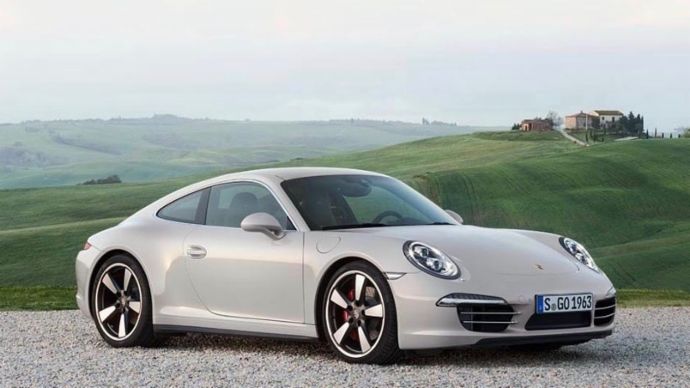
The 991 generation also proved the ideal basis for special models and radical sports cars. Porsche celebrated the 50th anniversary of its cult sports car in 2013 with an exclusively equipped limited edition model, of which only 1,963 examples were built.
911 R
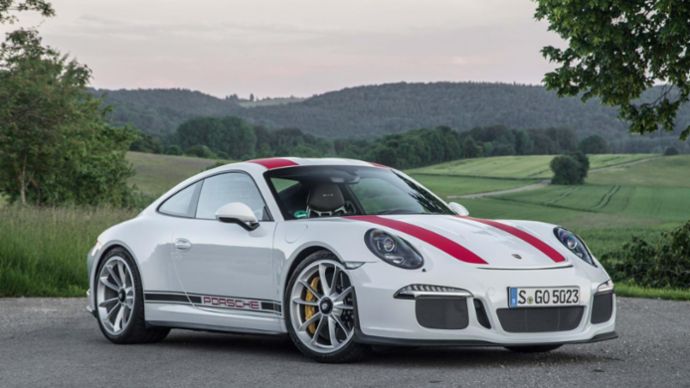
In 2016, the 500 PS, naturally aspirated 911 R evoked memories of the road-approved 1967 racing sports car of the same name. Two other purist sports cars with classic predecessors made their debut in 2017: the sporty 911 T and the 911 GT3 high-performance sports car with Touring package.
Millionth 911
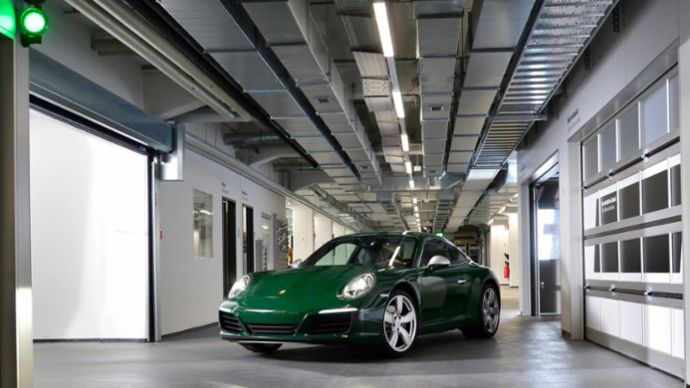
The one-millionth 911 was also built as part of the 991 generation: like Ferry Porsche’s first company 911, the not-for-sale commemorative model was painted in Irish Green and boasted leather and Pepita seats. In the same year, Porsche Exclusive Manufaktur presented the 911 Turbo S Exclusive Series with 446 kW (607 PS) and spectacular Golden Yellow Metallic paintwork.
911 GT2 RS
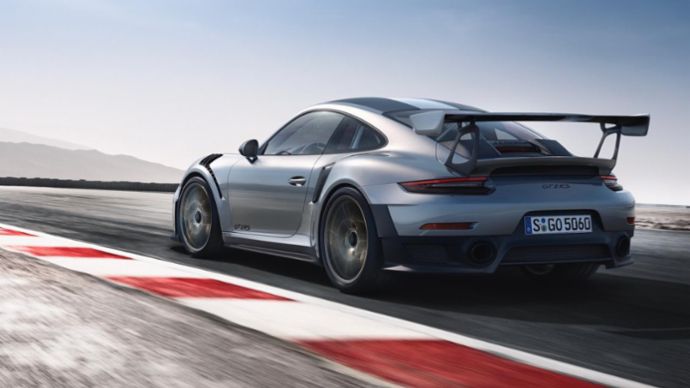
And there was more to come: The fastest and most powerful 911 racing technology ever seen in a production road-going 911 appeared in 2017 in the form of the 515 kW (700 PS; Fuel consumption combined: 11.8 l/100 km; CO2 emissions: 269 g/km) 911 GT2 RS. Its naturally aspirated sister followed a few months later. The 911 GT3 RS had a racing chassis and a 382 kW (520 PS; Fuel consumption combined 13.2 l/100 km; CO2emissions 303 g/km) four-litre naturally aspirated engine, perfectly combining road and race track.
911 Speedster
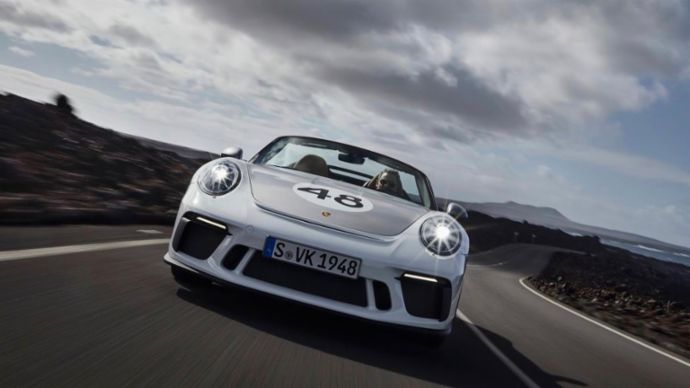
Right on time to mark the 70th anniversary of Porsche sports cars, the 911 Speedster embodied the original virtues of Porsche: lightweight construction, efficiency, purity and driving pleasure – delivered by a 375 kW (510 PS; Fuel consumption combined 13.8 l/100 km; CO2 emissions combined 317 g/km) four-litre naturally aspirated engine, manual six-speed transmission and high-performance sports chassis. The two-seater was not just the last derivative of the 991 generation, it has now also become the last model of the series to be manufactured and marks a further milestone in the 911-history.





hãng máy bay eva
ReplyDeleteđại lý bán vé máy bay đi mỹ
văn phòng korean air tại việt nam
săn vé máy bay đi mỹ giá rẻ
vé máy bay đi canada giá rẻ
Cuoc Doi La Nhung Chuyen Di
Ngau Hung Du Lich
Tri Thuc Du Lich